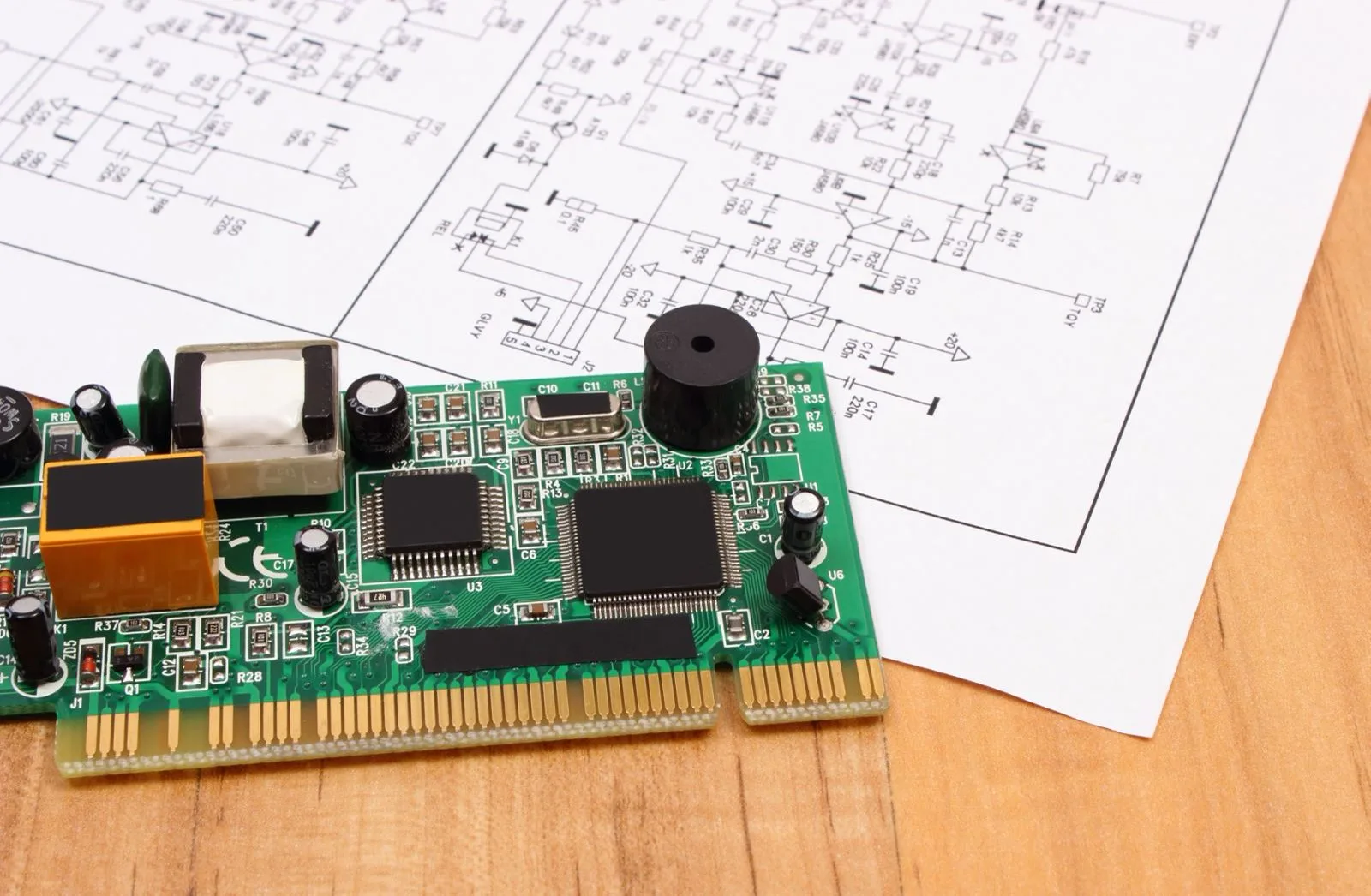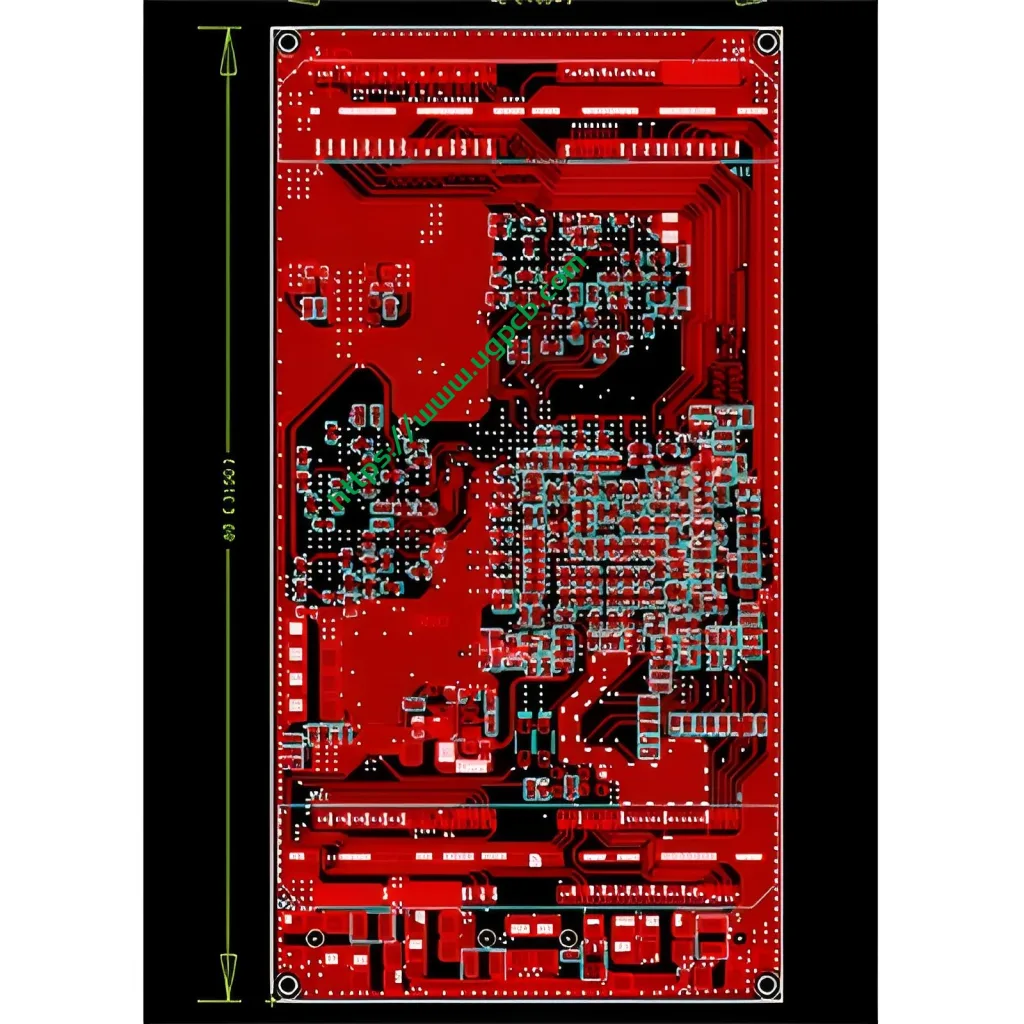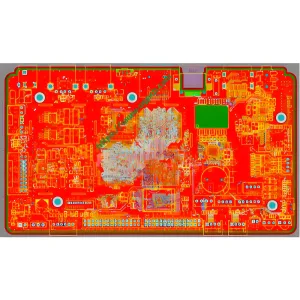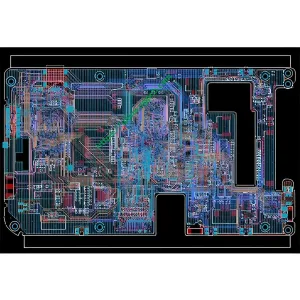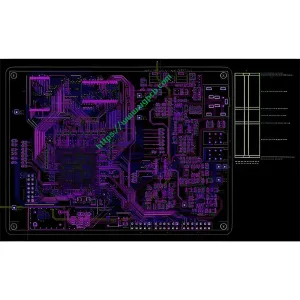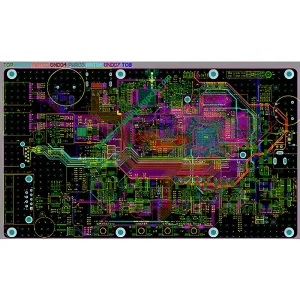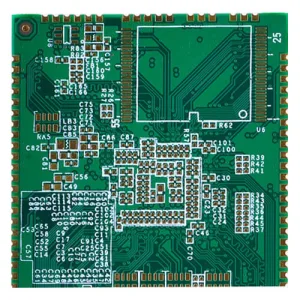Descripción general de la tecnología de radiofrecuencia (RF)
Tecnología de radiofrecuencia (RF) es la abreviatura de Radio Frecuencia. Las aplicaciones más comunes son la identificación por radiofrecuencia. (RFID), a menudo llamados chips electrónicos inductivos o tarjetas de proximidad, tarjetas de proximidad, tarjetas sin contacto, etiquetas electrónicas, códigos de barras electrónicos, etc.. El principio es que el escáner transmite energía de ondas de radio de una frecuencia específica al receptor., que se utiliza para impulsar el circuito receptor para enviar el código interno, y el escáner recibe el código.
Características especiales y aplicaciones de RFID
La característica especial del receptor es que no necesita pilas., sin contacto, y sin deslizar la tarjeta, para que no le tenga miedo a la suciedad, y la contraseña del chip es la única en el mundo que no se puede copiar, con alta seguridad y larga vida. The application of RFID is very extensive. Actualmente, typical applications include animal chips, car chip anti-theft devices, access control, parking lot control, production line automation, and material management.
Types of RFID Tags
Active Tags and Passive Tags
There are two types of RFID tags: active tags and passive tags.
Basic Model of the RFID System
The basic model of the RFID system is shown in the figure.
entre ellos, electronic tags are also called radio frequency tags, transponders, and data carriers; readers are also called readout devices, scanners, communicators, and readers (depending on whether the electronic tags can rewrite data wirelessly). The space (non-contact) coupling of radio frequency signals is realized between the electronic tag and the reader through the coupling element, and in the coupling channel, La transmisión de energía y el intercambio de datos se realizan de acuerdo con la relación de tiempo..
Tipos de acoplamiento de señal RF
Acoplamiento inductivo
Hay dos tipos de acoplamiento de señales de RF que se producen entre el lector y la etiqueta..
(1) Acoplamiento inductivo: El modelo de transformador realiza el acoplamiento a través del campo magnético alterno de alta frecuencia espacial., basado en la ley de la inducción electromagnética, como se muestra en la figura.
Acoplamiento de retrodispersión electromagnética
(2) Acoplamiento de retrodispersión electromagnética: El modelo del principio del radar., Las ondas electromagnéticas emitidas se reflejan después de alcanzar el objetivo., y transportar la información del objetivo al mismo tiempo, basado en la ley de propagación espacial de las ondas electromagnéticas.
Método de acoplamiento inductivo
El método de acoplamiento inductivo es generalmente adecuado para sistemas RFID de corto alcance con operaciones de baja y alta frecuencia.. Las frecuencias de funcionamiento típicas son: 125kilociclos, 225kilociclos, y 13,56MHz. La distancia de reconocimiento es inferior a 1 m., Y la distancia típica es de 10-20 cm..
Método de acoplamiento de retrodispersión electromagnética
El método de acoplamiento de retrodispersión electromagnética es generalmente adecuado para sistemas de identificación por radiofrecuencia de larga distancia que funcionan con UHF y microondas.. Las frecuencias de funcionamiento típicas son: 433megahercio, 915megahercio, 2.45GHz, 5.8GHz. La distancia de reconocimiento es superior a 1 m., y la distancia típica es de 3-10m.
Servicios de diseño de PCB RF para electrónica de consumo de UGPCB
UGPCB proporciona servicios de diseño de PCB RF para electrónica de consumo. Esta es una fábrica de ensamblaje única de PCBA con experiencia en la industria senior. Bienvenido a conocernos.
 UGPCB LOGO
UGPCB LOGO
